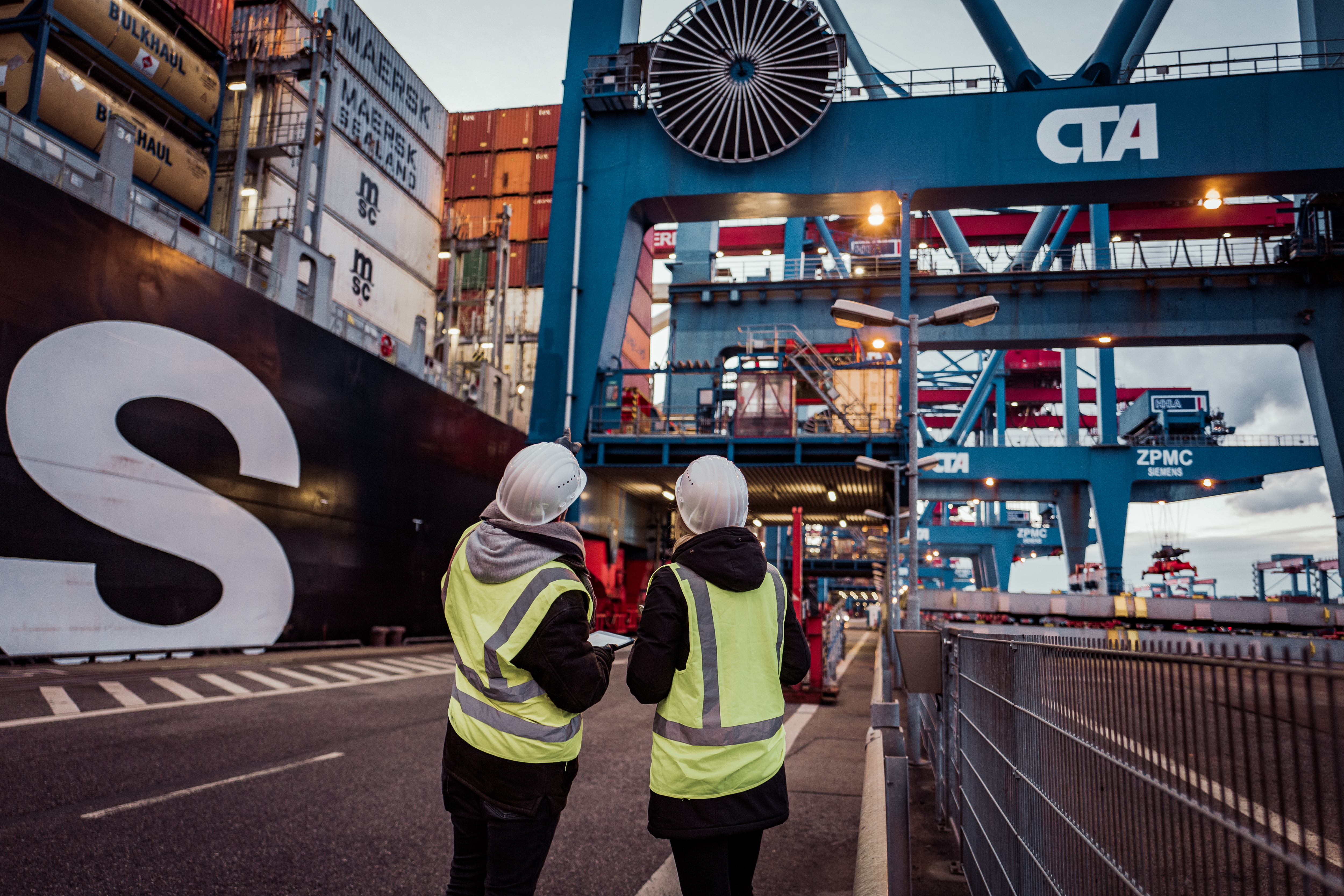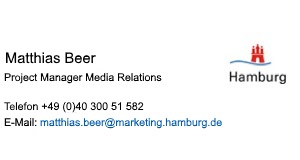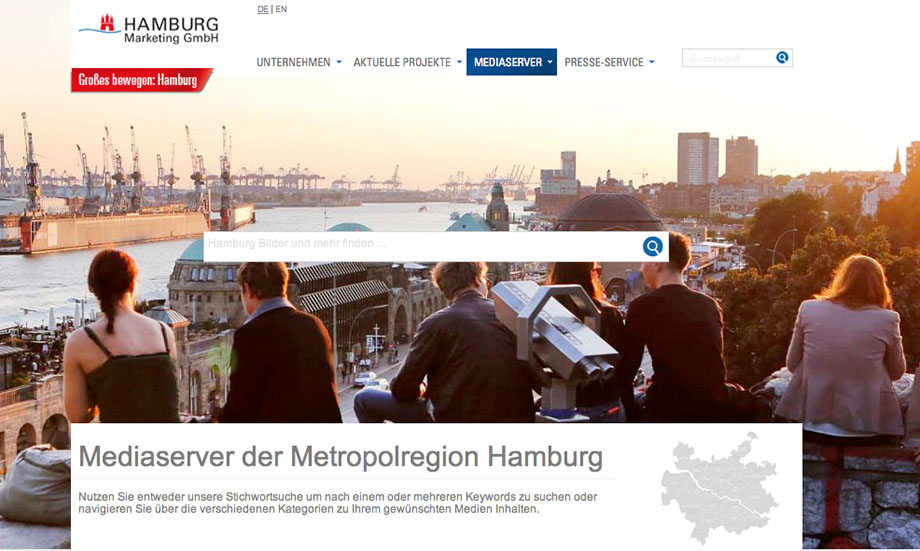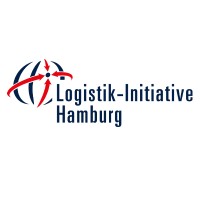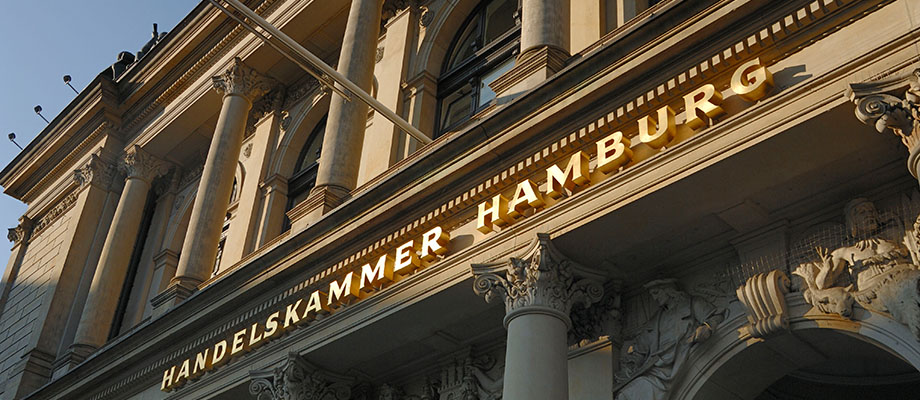The port is the driving force behind the development of Hamburg and the Metropolitan Region, and is also Germany’s largest universal port. With an annual throughput of 8,3 million TEU (20-feet standard containers) in 2022, Hamburg is Europe’s third largest container port.
Also profiting from Hamburg’s strong position are the neighbouring ports in Schleswig-Holstein, Brunsbüttel, Glückstadt, Kiel and Lübeck, as well as the ports of Stade and Cuxhaven in Lower Saxony. With 156,000 jobs in the Hamburg Metropolitan Region dependent on the port, the port is the leading employer and main economic factor for the region. One-third of the workforce resides in Lower Saxony and Schleswig-Holstein.
In preparation for this vast increase, the Hamburg Port Authority (HPA) has launched a comprehensive investment programme. In the medium term, HPA will be investing up to three billion Euro in expanding the port infrastructure. Measures include e.g. the expansion and maintenance of the port’s railway network, quay walls and bridge structures. In addition, the flow of goods along the river will be optimised by means of innovative traffic management systems. A particularly important measure will be the deepening of the Elbe’s navigational channel. The aim is to provide enhanced depth and navigational options along the 120 kilometre inland waterway of the Lower Elbe to the more than 1.030 large vessels with a length of over 330 metres and/or breadth of over 45 metres that annually call at the port of Hamburg. Since 2005, HPA has been coordinating all port-related administrative tasks.
Trading Hub for a far-flung Hinterland
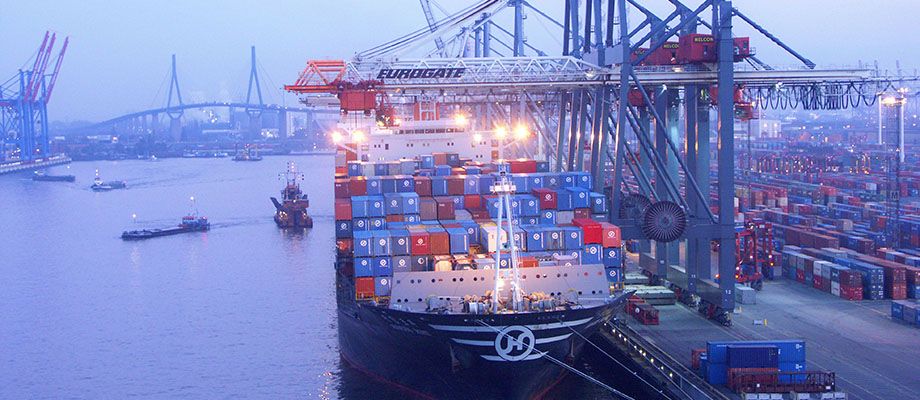
The port of Hamburg largely owes its success to its favourable, central location: situated 120 kilometres inland from the North Sea, the port forms the core of an economically prospering region that is connected to the world via goods and container shipping. Thanks to excellent traffic links, the port’s trading area extends far beyond the region, making the Hanseatic city an international hub for Germany’s foreign trade with its European neighbours and Russia. What is more, Hamburg also boasts Europe’s largest railway port, and, with its dense traffic network, swiftly connects the port’s freight terminals and port facilities with all destinations in Central and Northern Europe. Containers, loose cargo and mass-produced goods are brought to the hinterlands via train, heavy goods vehicles and inland vessels.
With arround 32,000 companies employing more than 135,000 people, the port of Hamburg is Germany’s foremost trading metropolis. From among these companies, some 16,000 are engaged in retailing, and around 13,000 in wholesale and foreign trade. Many of these companies are globally active, and quite a few of them are market leaders in their business segment. Hamburg’s trade industry is, more than other Hamburg industries, characterised by medium-sized enterprises. Small and medium-sized import and export firms benefit from the excellent infrastructure and rapid decisionmaking processes within the Metropolitan Region.
